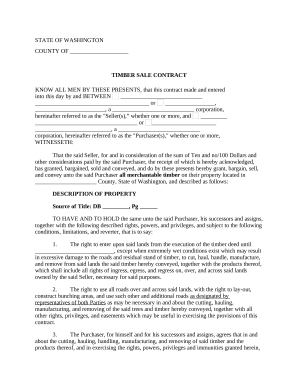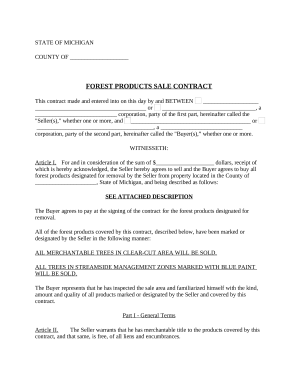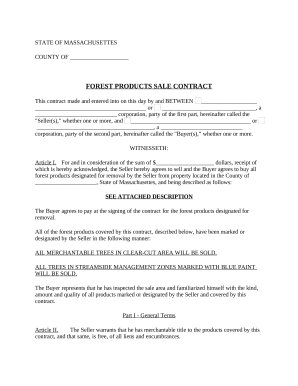







Your workflows always benefit when you can easily obtain all of the forms and documents you need on hand. DocHub gives a a huge library of forms to alleviate your daily pains. Get a hold of Timber Sale Agreement Forms category and quickly find your document.
Start working with Timber Sale Agreement Forms in a few clicks:
Enjoy easy record administration with DocHub. Check out our Timber Sale Agreement Forms collection and find your form right now!